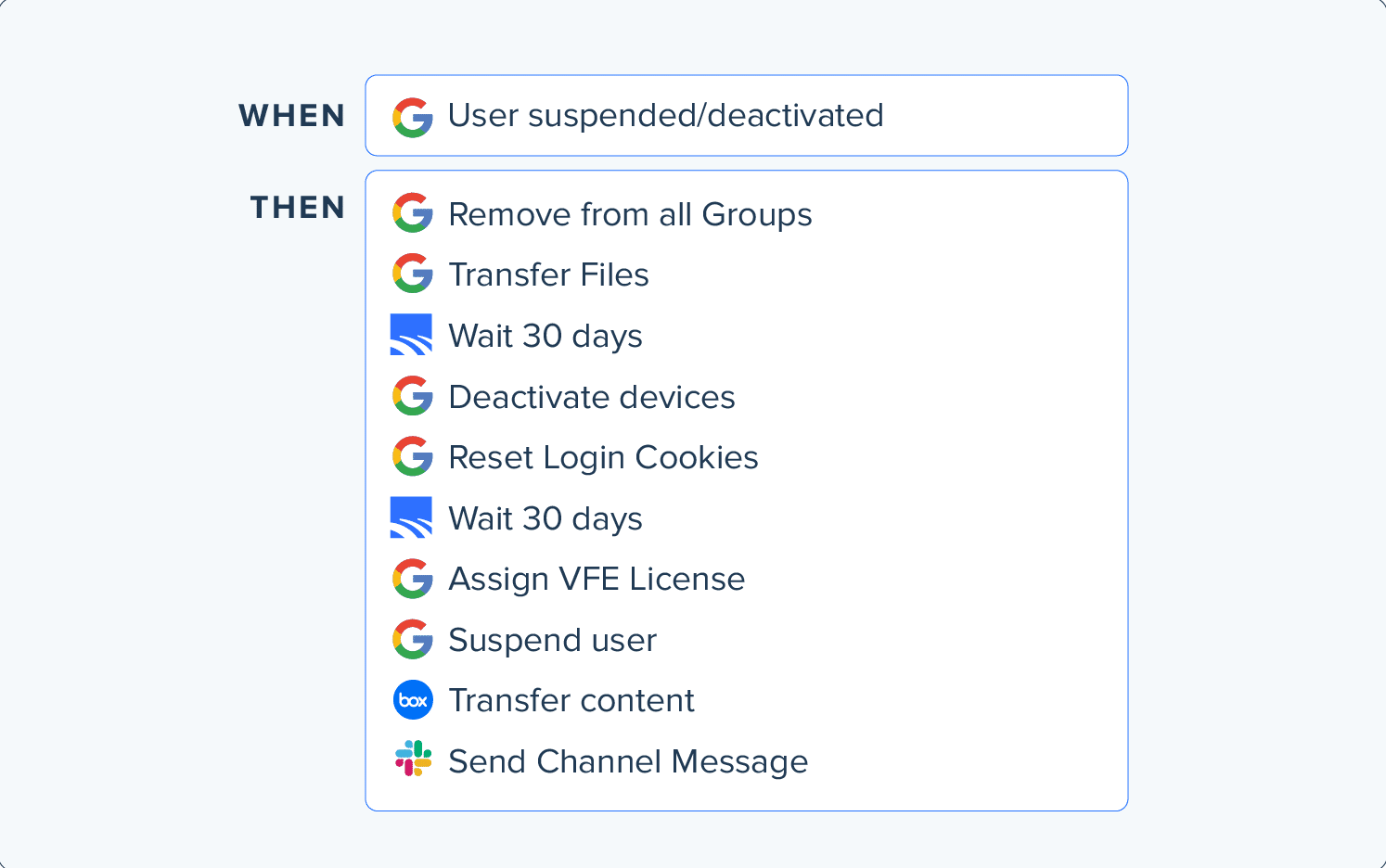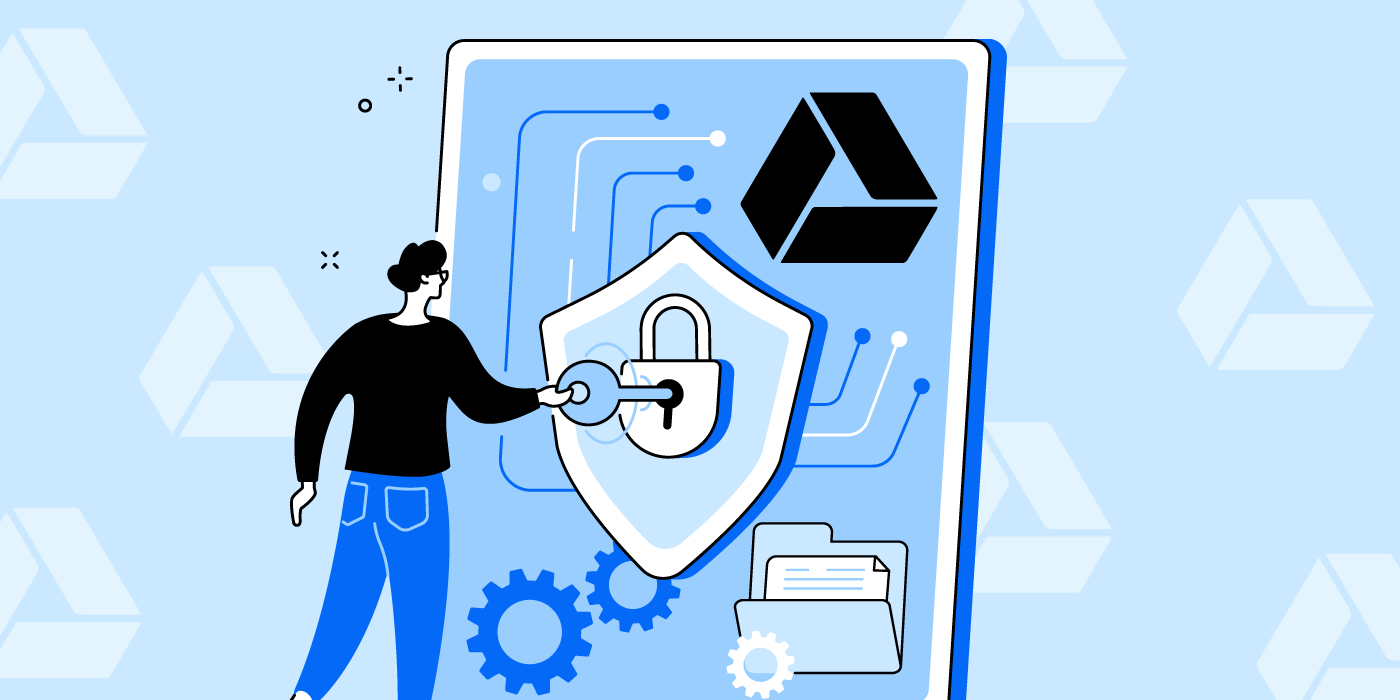GOOGLE WORKSPACE
Improve Google Workspace Management
Until now, managing Google Workspace™ can be cumbersome involving many repetitive, manual steps. Overcome limited signature control, poor visibility into Google Groups, and Drive chaos using Google Admin Console automation from the best third-party Google Workspace admin software, BetterCloud.

“
One of the things I love about BetterCloud is that I can simply go to my Google admin portal on my phone, move an account to an OU and know that multiple tasks, multiple connections, multiple application provisions are being done while I'm having dinner. The swiftness, the precise actions, and how it’s executed is phenomenal.”
- Elliot Grossman, Director of IT, BARK
The software for ultimate Google Workspace manageability and control
As the best Google Workspace admin software, BetterCloud is the only platform that gives you the superior granular control you crave, without the hassle. Say goodbye to Google admin console’s manual tasks and hello to complete control and automation.
The complete Gmail command center
No more jumping through hoops just to delegate emails from departing users, set a user’s out of office, or change email signatures. BetterCloud allows Google Workspace admins to effortlessly manage their environment and scale with ease.


All your Google Groups in one place
View, manage, and automate all of your Google Workspace users, admins, groups, OUs, Drive data, calendars, sites, and third-party applications from a centralized org-wide dashboard.
Byte-Sized Google reads
Conquer common Google Workspace admin nightmares with BetterCloud! Automate tasks, manage users, and secure data all in one centralized platform.
BetterCloud is introducing two new report views for SuperAdmin users in our Secure module. Read up about both of those new views in this post.
As Google Drive’s popularity grows, file security concerns begin to present themselves. Learn more about Google Drive security.
Happy users, Better results
Google Workspace Admin Console paired with the power of BetterCloud offers a far improved user experience by automating tasks, providing self-service options, and streamlining their access to applications.
BetterCloud is your best Google Workspace software sidekick to improve management of the entire user lifecycle. From onboarding, offboarding, access controls and beyond, BetterCloud automates access to Google Groups, ownership of key files in Google Drive, and more across Google Workspace applications.
Need your IT team to have some of the SuperAdmin abilities but without the title? With BetterCloud you can grant members of your staff specific policy control item by item to unleash capability without relinquishing all control.


A Google Admin game-changer: How FIRST found automation gold
A leading brand experience agency, FIRST, struggled with time-consuming IT operations. By leveraging BetterCloud's Google admin console automation capabilities, they streamlined their onboarding and offboarding processes, resulting in better Google Workspace management, increased productivity and improved employee experience.
Integrations
100+ integrations provided out-of-the-box
Get control over your apps, data, and users roles to ensure that all your compliance and security standards are being met.







